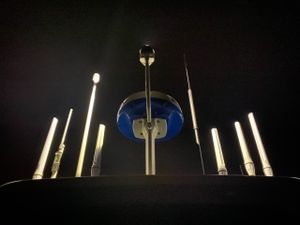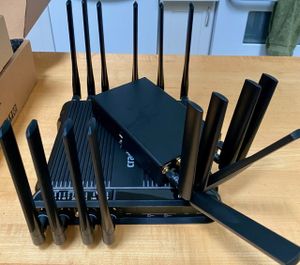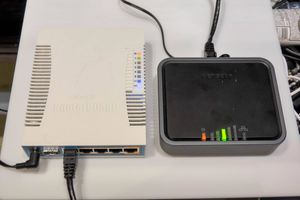I was going through a major overhaul on my navigation system and decided to install an AIS receiver. There are only a few of them out there, and some of them are way overpriced for the featureset. After reviewing a bunch of online reviews, I choose the Smart Radio SR162 and the Smart Radio VHF Antenna Splitter both sold by Milltech Marine in the U.S. After a few questions to the folks at Milltech, who answered same-day with detailed technical information, and copies of the newest manuals, plus some tips, I ordered it direct.I chose the SR162 over the SR161 since I sail and motor in a congested, busy area, and want the assurance of both A and B channels used for AIS being caught by my systems. The SR161 only listens to the A channel, which limits the amount of boats it “hears” in busy areas.
The manual online is slightly better than the printed one that comes with the unit. There are a few confusing things in it, but overall if you know NMEA 0183 and basic VHF antennas, you can set this up. First was the VHF splitter – I opted to use this since I have a single VHF antenna on the top of my mast, and I didn’t want to add a second antenna dedicated to the AIS system. The splitter installs upstream of your other VHF devices, in my case my VHF radio, and allows the AIS receiver to use an existing antenna, while still allowing you to use the antenna for other things such as VHF radios, and VHF broadcasts. The splitter was easy to install, and required power as well as re-routing my existing VHF cable. Once that was installed, the resulting cables coming from it went to my VHF radio, and to the AIS unit.
Install of the AIS unit went pretty smoothly too. It required power, the input from the splitter, and output to my chartplotter. Initially I wanted to send the AIS output to my Shipmodul NMEA multiplexer, but after extensive testing, the high speed 38,400 baud rate of the AIS receiver added too much traffic to the rest of the data going back and forth, and caused overflows. Eventually, I chose to send it directly over a high speed NMEA 0183 port directly into my Garmin 5208 chartplotter. After using a multimeter to figure out which pins were which (you need pin 2 and 5), and cabling it up, all that was left was to power it and my chartplotter up, and configure my chartplotter to show AIS information. In about 30 seconds, I started to see AIS targets and information. That was it for configuration in terms of the AIS receiver.
A few notes:
First, your chartplotter or other software needs to support AIS. Check your specs first.
Second, my chartplotter did support AIS, but it does add delay to the system overall when it’s running in a wide scan mode. One thing I don’t like about the Garmin solution is that you can’t see AIS wider than 2 nautical miles maximum. In addition, their alarms are based on MMSI or AIS targets that are within a specific distance, not necessarily based on TCPA. If you don’t know what those acronyms mean, go look on some AIS sites.
It takes quite a while for the AIS target information to update to a decent usable level – this is by design of the AIS spec, so I’m not surprised. I would recommend turning these systems on early when you think you’re going to navigate sometime soon.
In general, I’ve been very happy with the unit, and AIS in general. It’s basically set-and-forget technology, and it allows me to see things around corners and ahead of time that I would have listened for on the VHF in the past. It doesn’t replace being attentive at the helm, but it sure adds more safety to sailing. It’s already helped me prevent course changes into shipping lanes in the few weeks I’ve been using it.



